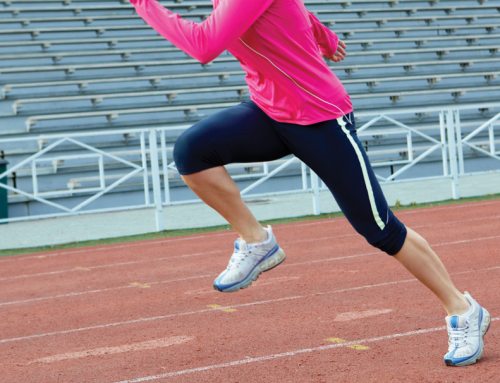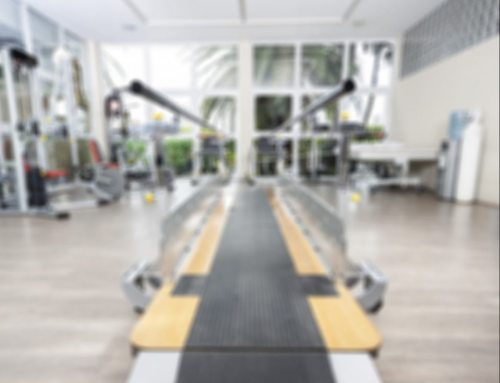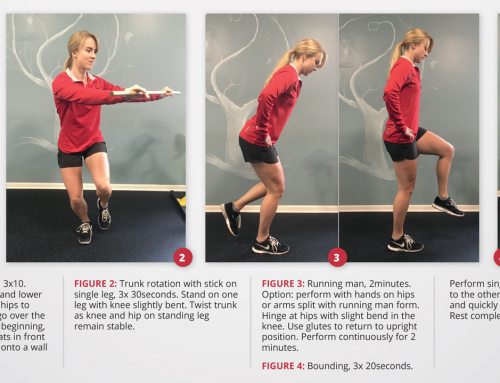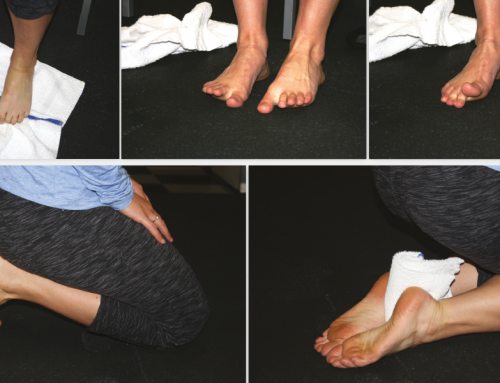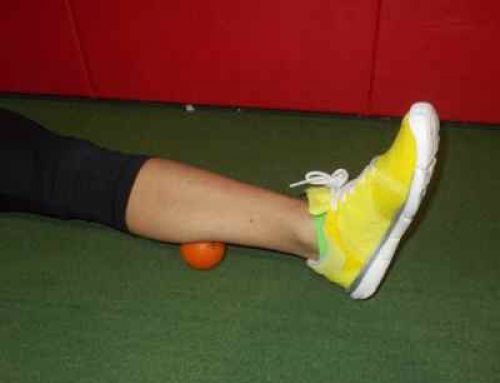By Brian Beatty
Maintaining one’s health requires the cultivation of healthy behaviors. When it comes to cancer, we recognize the value of larger behavior patterns and preventive actions. The large actions of exercise; good food choices and managing stress are complimented by small daily actions such as self-directed screening evaluations. Skin scans & breast exams are examples of small but important regular behaviors that can have a major health impact. The goal of these self-evaluations is to notice small gradual changes and take action in a timely manner to avert major challenges.
This same strategy can be effectively applied to maintaining the health of our musculoskeletal system and movement by creating a personalized movement or muscle / joint self-assessment routine. The goals are the same; identify changes early and take action to resolve issues noticed before they create a larger negative impact. The concept is to find a few key simple movements that you do every day. In a short time you will recognize your own standards of how far each movement or stretch goes and how it feels in your body to do it. Having this “benchmark data set” will allow you to compare where you are today to what is your normal, so you can take timely action on any changes that are occurring. This can head off stresses and tensions that may initially just impede performance, but will cumulate into tendon strain, joint stress or injury during activity if allowed to accumulate. When you notice a change from normal, take the time to pay a little extra attention to that area (hamstring, low back, right shoulder, etc.). Take a couple of minutes to give it the rolling, stretching, massage or exercise it wants to bring it back to its normal mobility.
Your “daily check” in does not need to long or complicated. A few simple moves, done slowly & deliberately, usually work best. Remember, the goal is not to force your body to do anything in particular, but rather to cultivate the skill of asking your body what it wants and listening to it. Start with a couple of stretches, positions or moves that “always feel good” or “always gets at what is tight”. A simple 3 move example routine could be: a standing back bend with arms stretched out to the side; followed by a forward bend hanging hands and head toward toes, then laying on you back and alternating crossing the one leg over to one side as you turn the head & reach the opposite arm out. The classic yoga Sun Salutation sequence can also provide ideas for simple, supported moves that allow you to feel many things happening in the body. Just start with a couple of things a day and let the habit grow.
# # #
Brian Beatty, a physical therapist with Proaxis Therapy in Carrboro. With each passing decade of professional and personal practice he appreciates the wisdom of learning to listen to the body and sharing in the knowledge & quest with others.


